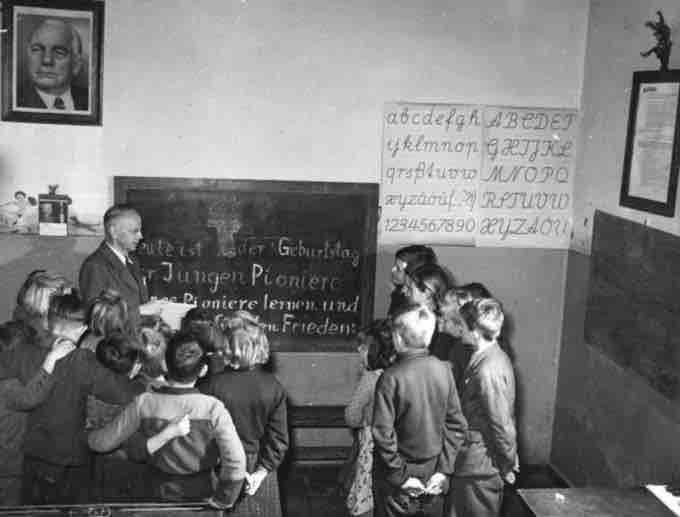In developed nations across the world, the lower-middle class is a sub-division of the middle class that refers to households and individuals who are somewhat educated and usually stably employed, but who have not attained the education, occupational prestige, or income of the upper-middle class.
In American society, the middle class is often divided into the lower-middle class and upper-middle class. The lower-middle class (also sometimes simply referred to as the middle class) consists of roughly one third of households—it is roughly twice as large as the upper-middle and upper classes. Lower-middle class individuals commonly have some college education or a bachelor's degree and earn a comfortable living. The lower-middle class is among the largest social classes, rivaled only by the working class, and it is thought to be growing.
Individuals in the lower-middle class tend to hold low status professional or white collar jobs, such as school teacher, nurse, or paralegal. These types of occupations usually require some education but generally do not require a graduate degree. Lower-middle class occupations usually provide comfortable salaries, but put individuals beneath the top third of incomes.

Elementary School Teacher
Primary school teachers are generally considered lower-middle class. They usually hold college degrees, but often do not hold graduate degrees; they make comfortable incomes, but have low accumulated wealth; their work is largely self-directed, but is not high status.
According to some class models the lower middle class is located roughly between the 52nd and 84th percentile of society. In terms of personal income distribution in 2005, that would mean gross annual personal incomes from about $32,500 to $60,000. Since 42% of all households had two income earners, with the majority of those in the top 40% of gross income, household income figures would be significantly higher, ranging from roughly $50,000 to $100,000 annually. In terms of educational attainment, 27% of persons had a bachelor's degree or higher. If the upper middle and upper class combined are to constitute 16% of the population, it becomes clear that some of those in the lower middle class boast college degrees or some college education.